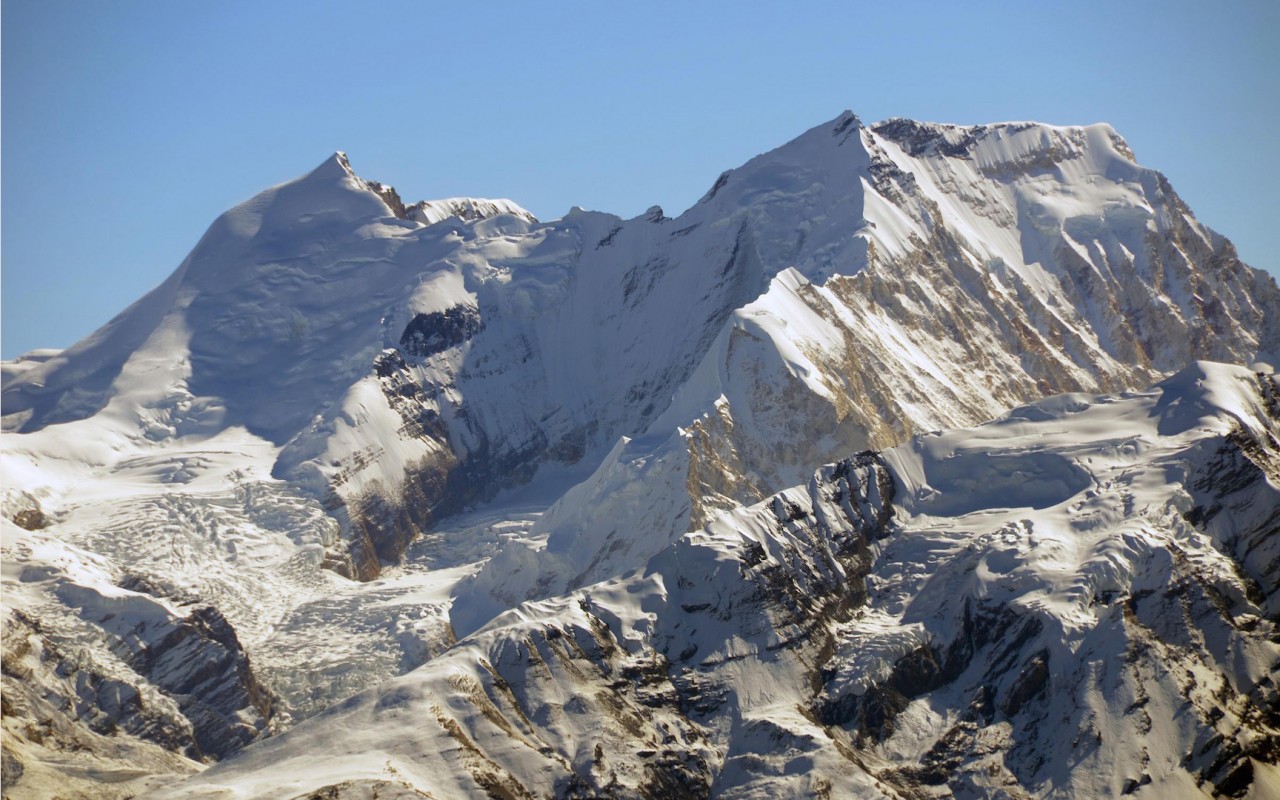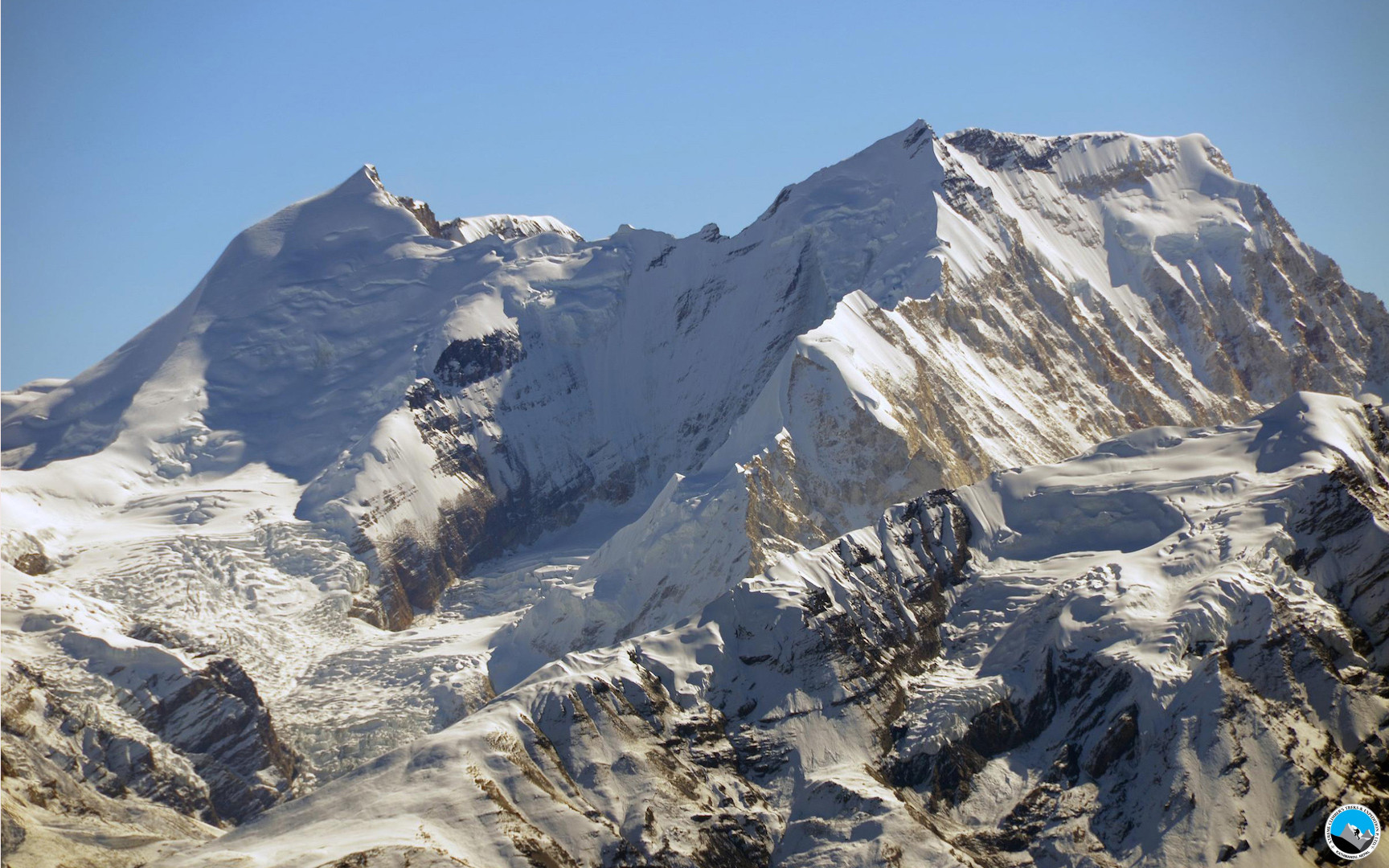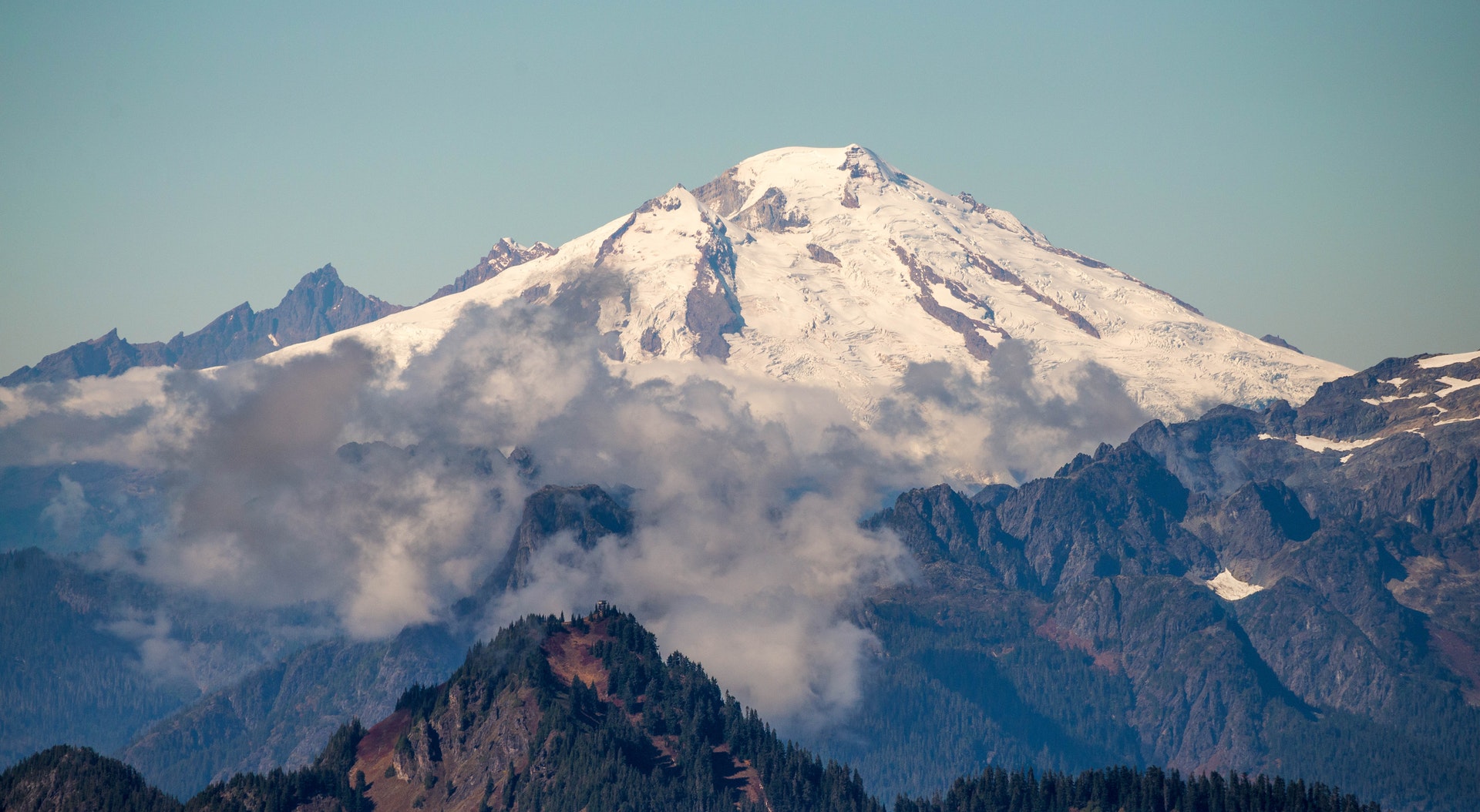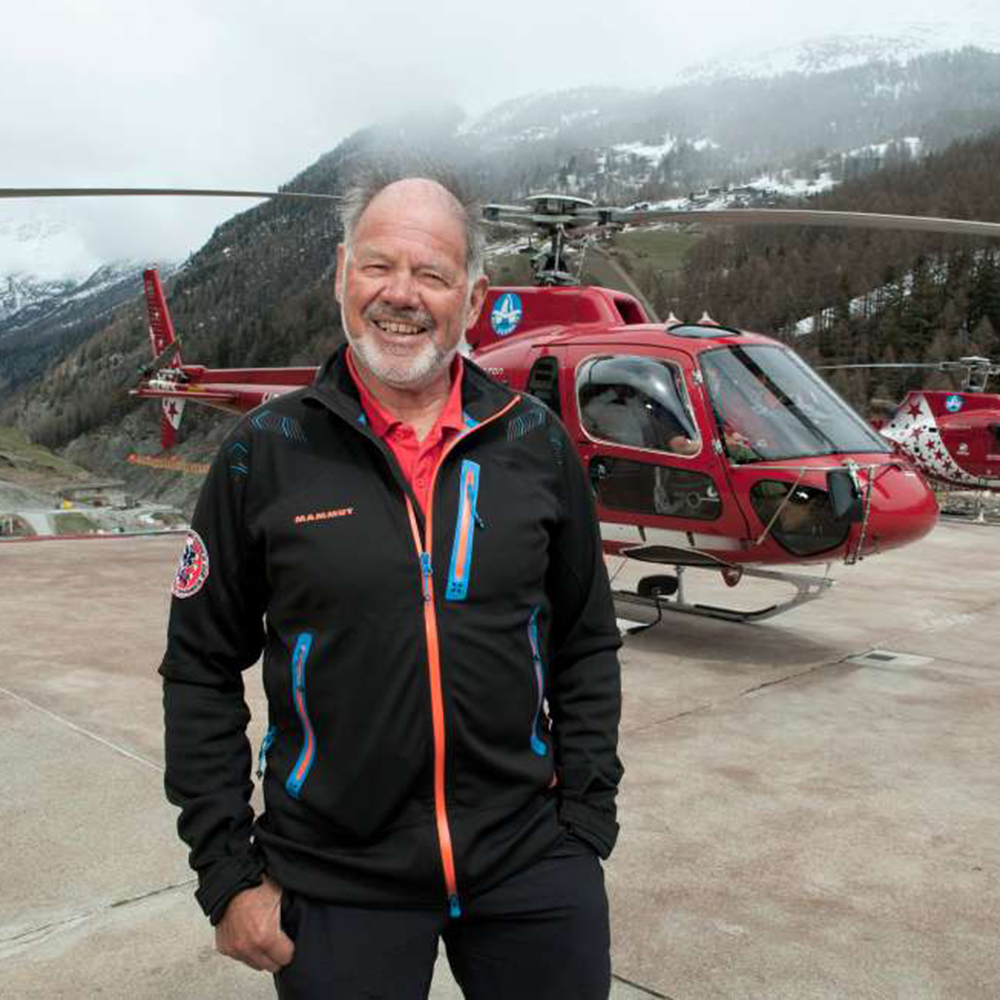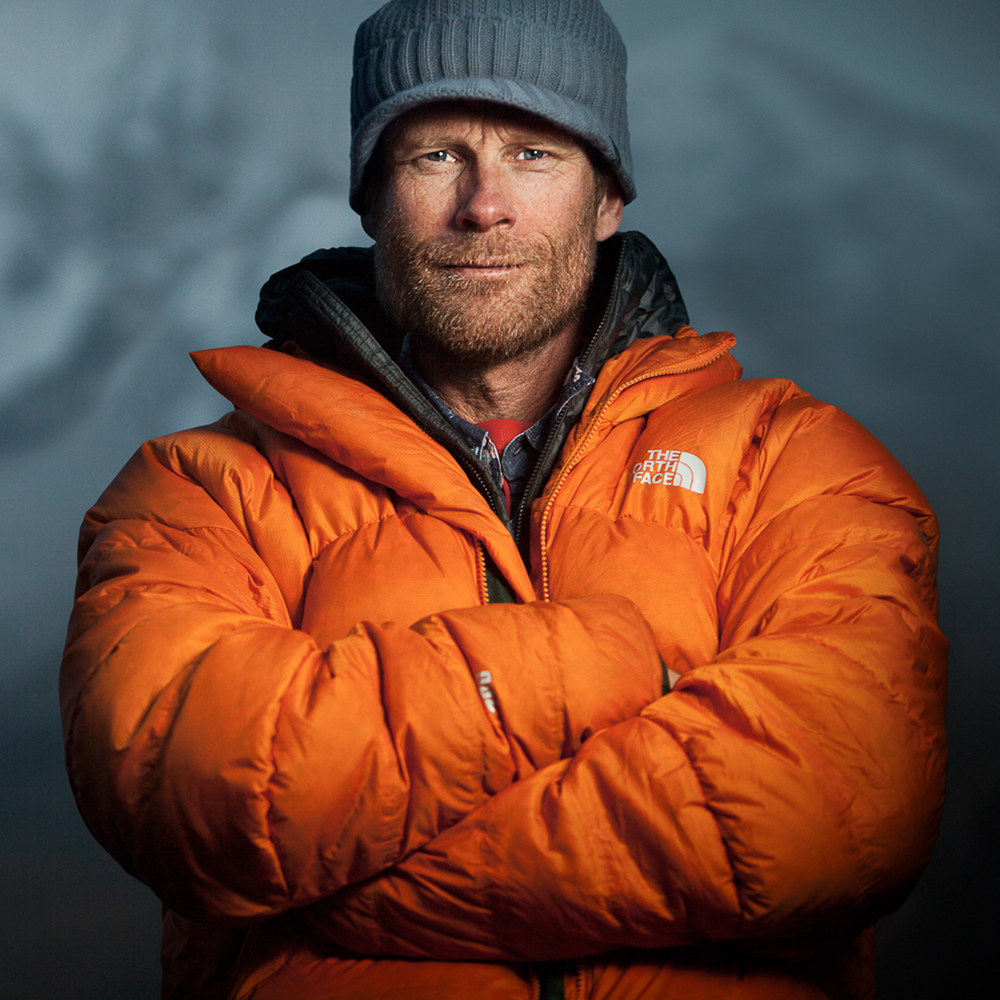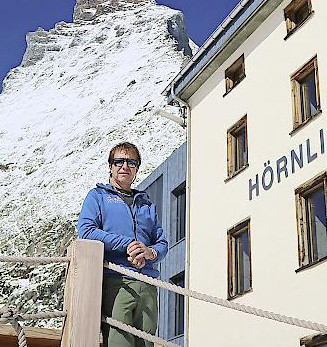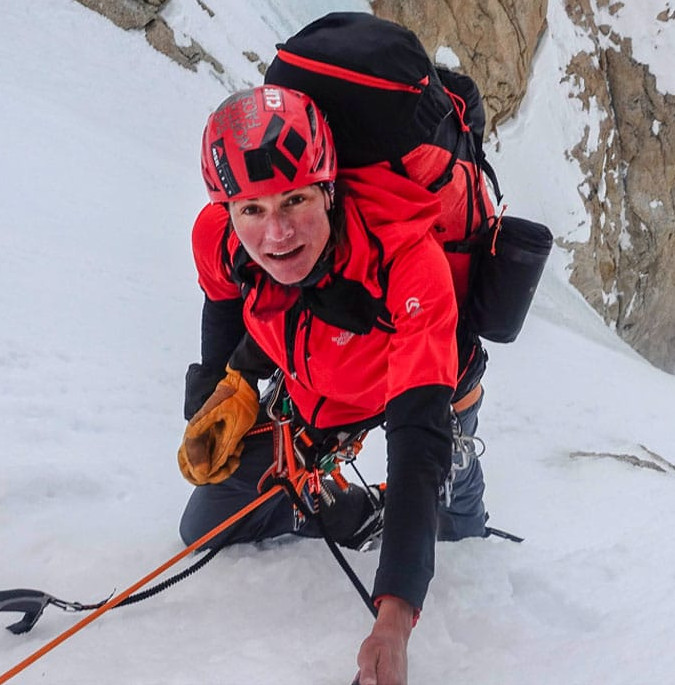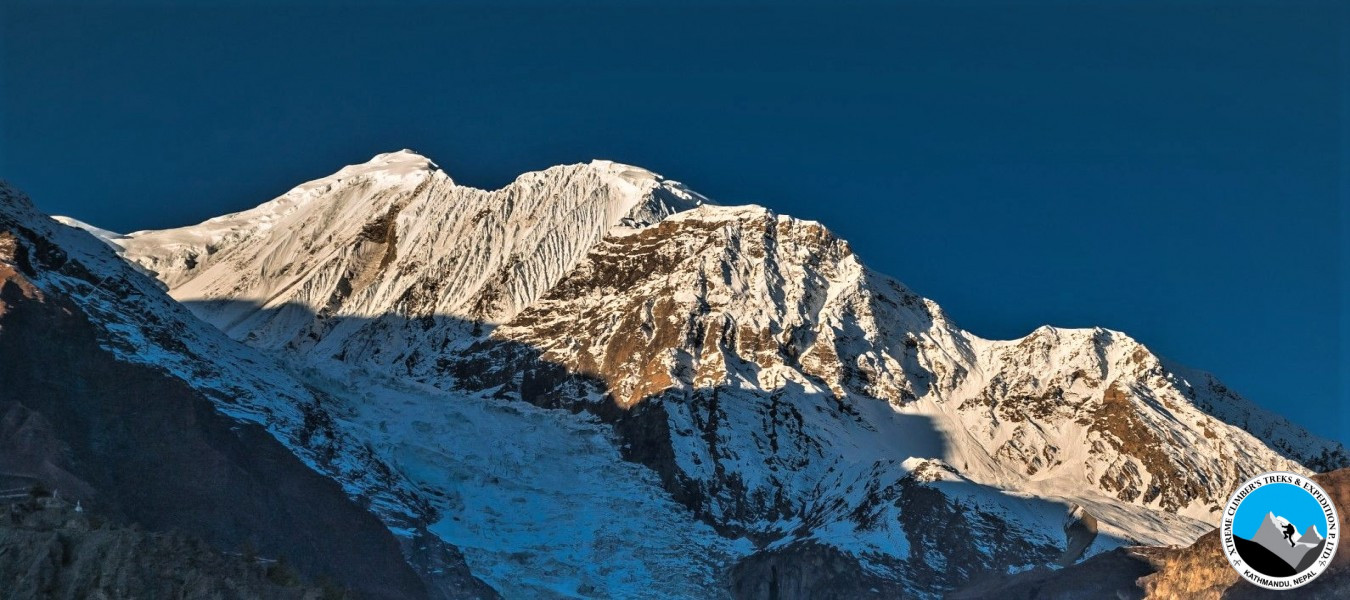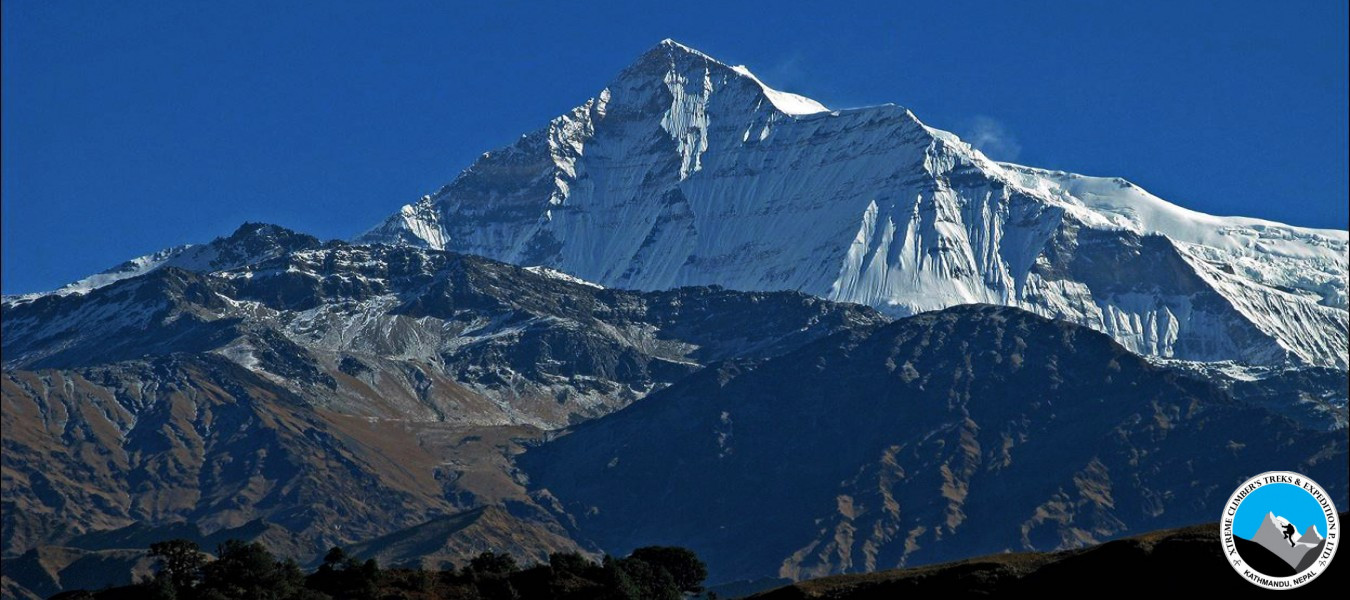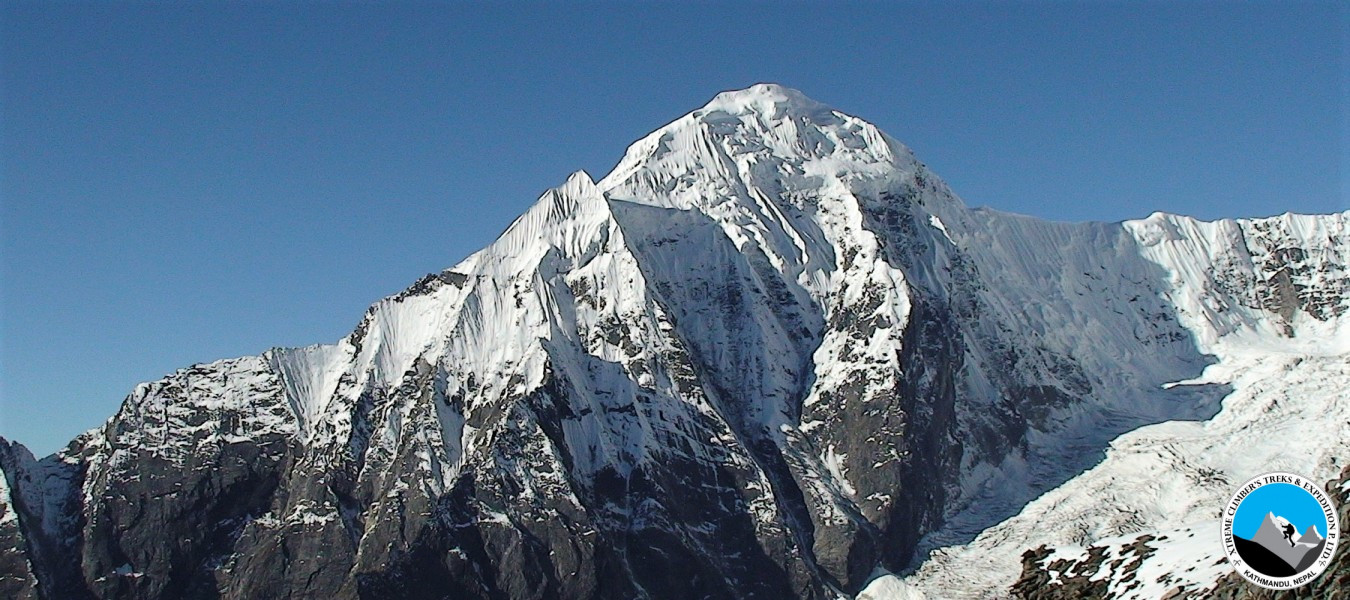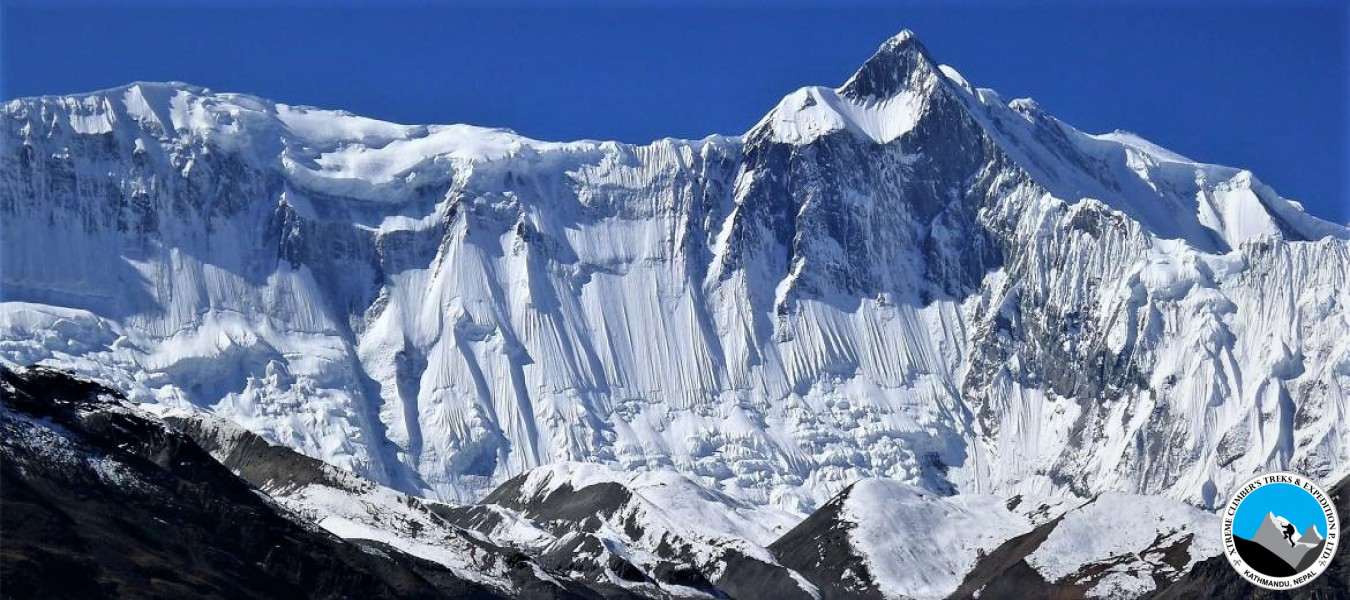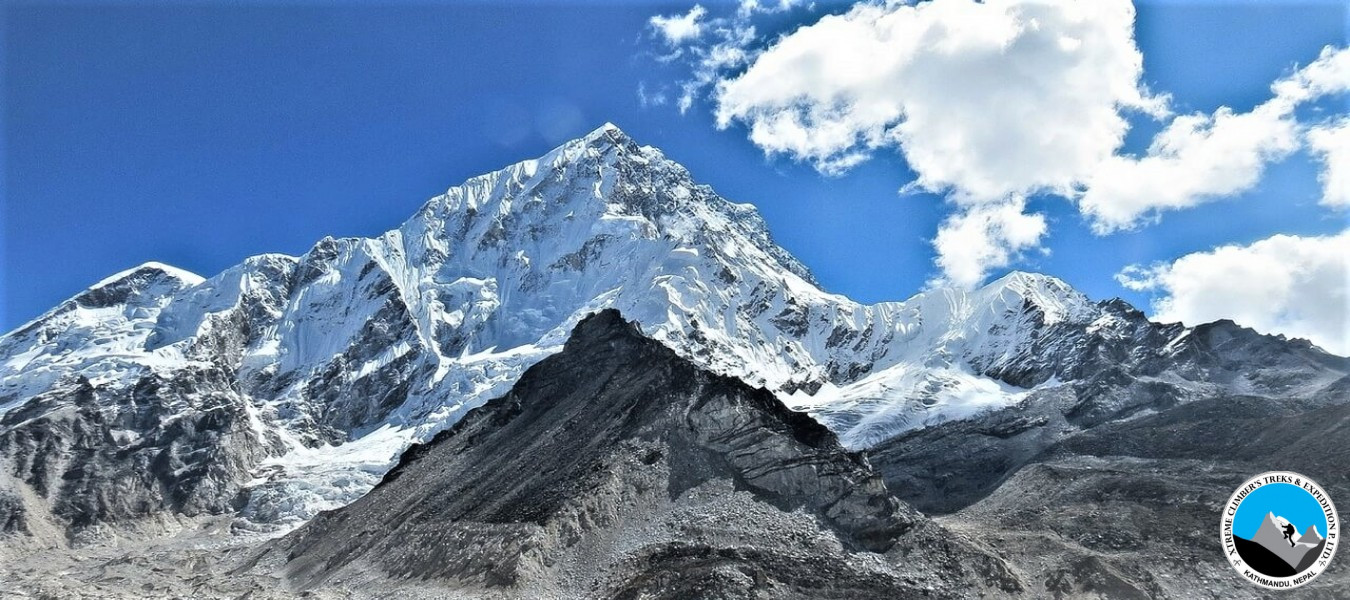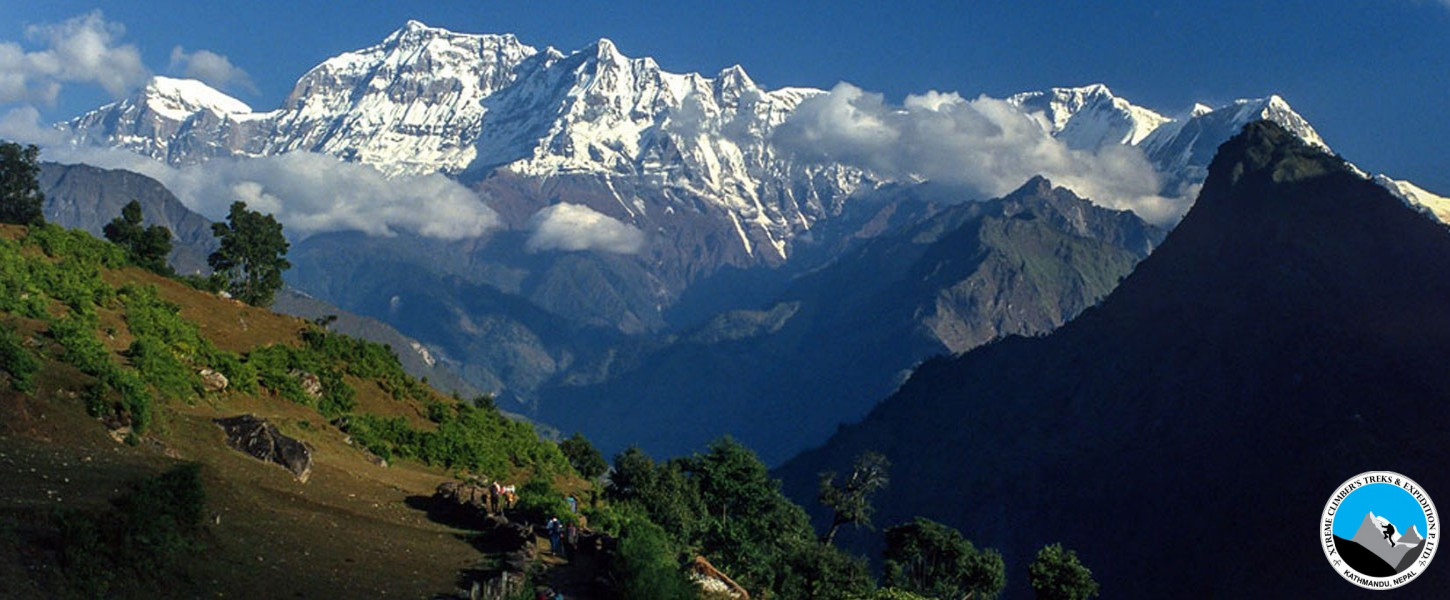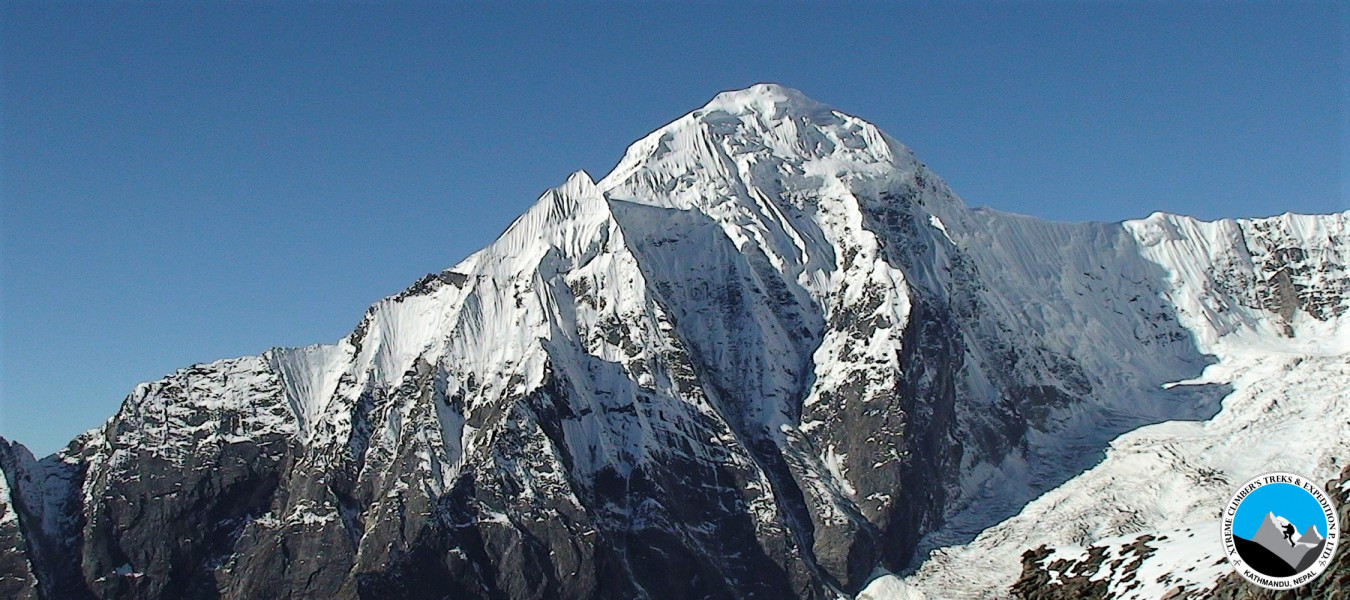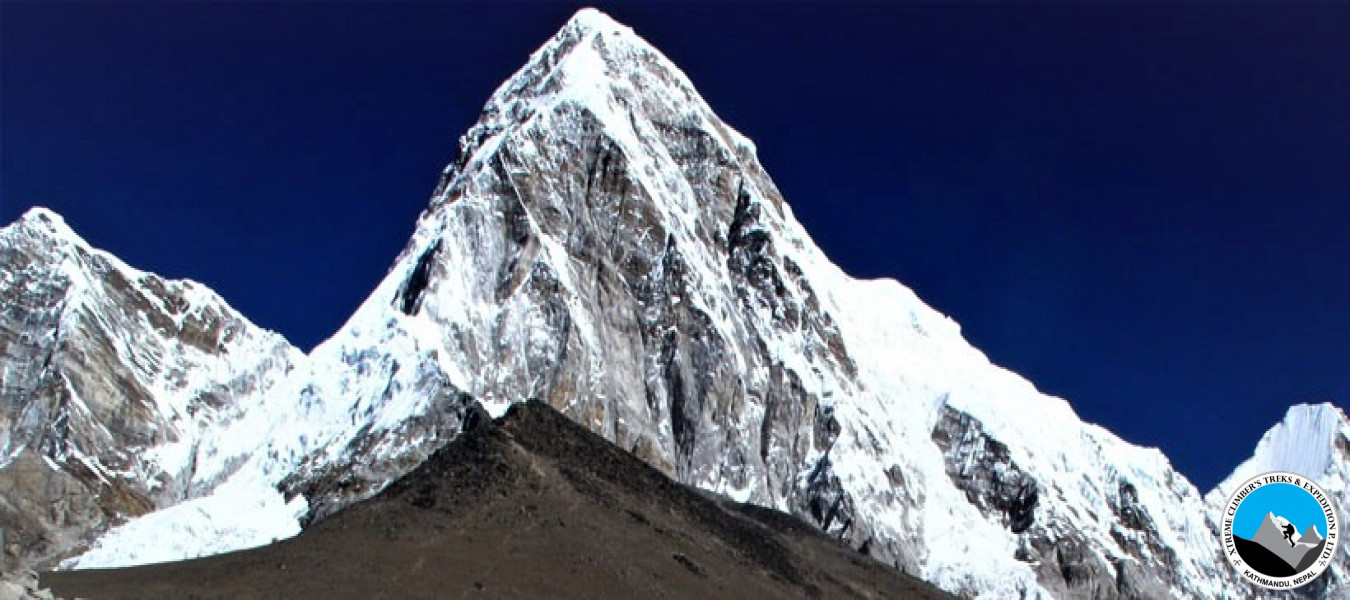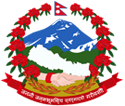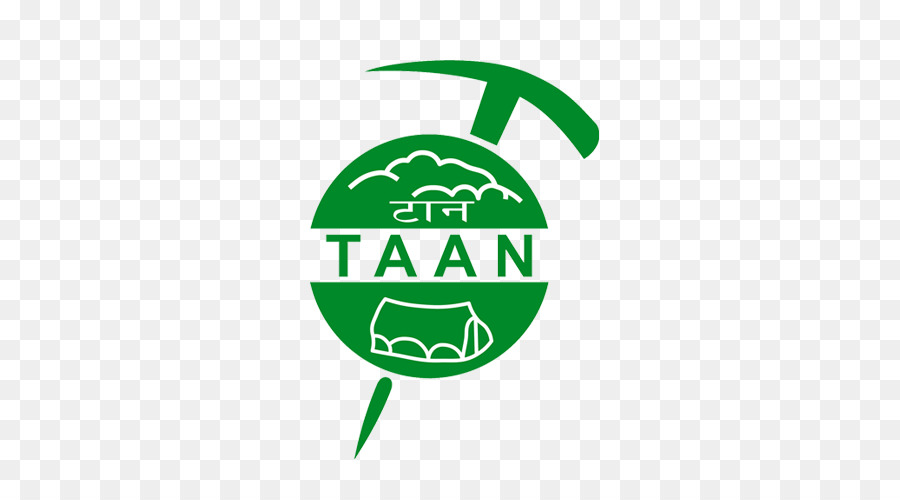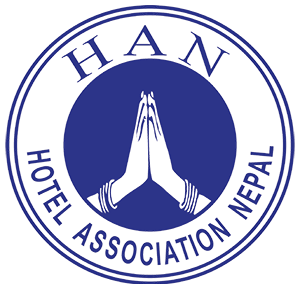Himlung Himal 7,126 m climbing “adventure around far North West Himalaya between Manang and Manaslu region” is located in the western part of Nepal. Situated just above the ancient Tibetan village of Phu ( Restricted area and climbers are required to get a special restricted area and climbing permit to enter) which is officially opened in 1992 for foreign expeditions and trekkers. The peak was first climb by Mr. Akio Koizumi from Japan on 3 October 1992. Now this peak is popular among the climbers as a preparation of Everest climbing. The mountain itself is situated close to Nepal-Tibet border between Annapurna and Manaslu Himalayan ranges, and because of that, part of the journey to reach it will involve trekking through the classic Annapurna-Manaslu trail. The last village accessible from the mountain is Phu Gaon (4080 m). The journey starts from Besisahar, the starting point of Annapurna Circuit Trek. Required total days for climbing Himlung including the trekking period is 32 up to 35 days. Mount Himlung climbing is a bit technical to climb. The trail is a mixture of snow, ice and rock with some steep faces and crevasses. Rope fixing, using Ice Axe and foot timing will be required to climb. Together with Xtreme Climbers Treks & Expedition, you will get all the support you need to make this expedition successful. The expedition will be operated and led by our experienced Sherpa climbers and guides. You will have plenty of time to learn mountaineering skills in the base camp that will be useful for you to make a successful attempt of the Himlung summit. The organizing of the expedition will be done on full board basis with full base camp service including all climbing equipments.
Download Pdf
-
April to June or in early September to November
-
Kathmandu (Capital of Nepal)
-
Hotel in Kathmandu on BB plan / Mountain lodge (tea house) in Trekking.
-
Domestic airplane and tourist vehicles
-
Breakfast and welcome or farewell dinner in Kathmandu / Full board in Trekking (Breakfast, Lunch & Dinner).
-
Helicopter : AS 350 B3E (H125)
- Capacity : 1 pilot + 6 Passengers
- Max takeoff weight : 2250 kg
- Power Plant : 1 Turbomeca Arriel 2D
- Service Sling : 23000 Ft
- Rate of Climb : 1818 fpm
- Cruising Speed : 137 knots
- Call Sign: 9N – AKP & 9N AKG
-
Day 1 : Arrive at Tribhuvan International Airport (KTM) Kathmandu
-
Day 2 - 3 : In Kathmandu preparation for Mt. Himlung with optional tour.
Included meals:Breakfast
-
Day 4 : Drive to Chamje 1560m via Besisar 823m – 08 hrs journey.
Included meals:Breakfast Lunch Dinner
-
Day 5 : Trek to Dharapani 1,860m – 05 hrs.
Included meals:Breakfast Lunch Dinner
-
Day 6 : Trek to Koto 2, 600m – 05 hrs.
Included meals:Breakfast Lunch Dinner
-
Day 7 : Trek to Meta 3,560 m – 06 hrs.
Included meals:Breakfast Lunch Dinner
-
Day 8 : Trek to Kyang 4,100m – 06 hrs.
Included meals:Breakfast Lunch Dinner
-
Day 9 : Trek to Phu 4,580m 05 hrs.
Included meals:Breakfast Lunch Dinner
-
Day 10 : Rest day at Phu explore Samdu Choling and Tashi Monastery.
Included meals:Breakfast Lunch Dinner
-
Day 11 : Trek to Himlung base camp 4,540 m – 04 hours.
Included meals:Breakfast Lunch Dinner
-
Day 12 : Rest and acclimatization day at Himlung base camp.
Included meals:Breakfast Lunch Dinner
-
Day 13 - 22 : Climbing period for 10 days setting maximum of 3 high camps.
-
Day 23 : Return to base camp.
Included meals:Breakfast Lunch Dinner
-
Day 24 : Clean up day at Base Camp and packing.
Included meals:Breakfast Lunch Dinner
-
Day 25 : Trek back to Phu valley – 04 hrs.
Included meals:Breakfast Lunch Dinner
-
Day 26 : Trek to Kyang 3, 020 m – 05 hours.
Included meals:Breakfast Lunch Dinner
-
Day 27 : Trek to Dharamsala – 05 hours.
Included meals:Breakfast Lunch Dinner
-
Day 28 : Trek to Koto – 05 hours.
Included meals:Breakfast Lunch Dinner
-
Day 29 : Trek to Dharapani – 05 hours.
Included meals:Breakfast Lunch Dinner
-
Day 30 : Drive back to Kathmandu via Bhesisar and transfer to Hotel. Evening time farewell dinner with cultural dance.
Included meals:Breakfast Lunch Dinner
-
Day 31 : Final Departure
Note: The above itinerary can be tailor made as per client's request, we can make the itinerary shorter/Longer by cutting or adding days, People who have longer time can add the White Water Rafting, Jungle safari tour in Chitwan National park, Paragliding and Zeep Flyer in Pokhara and other extra activities so feel free to write us on info@xtremeclimbers.com for further details.How to book a trip ?
- Enjoy majestic vistas of Annapurna and Manaslu Himalayan ranges
- Pass through peaceful and traditional Nepali villages and appreciate pristine wildlife and nature
- Visit the quaint and unique Tibetan settlements, observe Tibetan-like culture and be amazed by the ruins of medieval palaces
Full Board Service Includes
- Transportation Arrival & Departure; on domestic and international flights.
- Standard hotel accommodation in Kathmandu on B/B plan
- Entire necessary over land charges.
- Entire necessary trekking/TIMS permit which required for the trek or Expeditions.
- All Transportation service from starting and ending points of Himlung Expedition.
- Experienced Climbing Sherpa guide for Himlung Himal Expedition.
- Mount Himlung Expeditions Group climbing gears like rope, ice bar etc.
- Permits for the Mount Himlung Expedition.
- High altitude meal (Full board) while on Trekking to Himlung B.C. and while Climbing Himlung.
- All the expenses & insurance of Liaison officer (Govt. of Nepal).
- Cook, support crew and porters with their equipments, daily wages, food & insurance etc.
- Camping & Kitchen equipment like base camp tents, dining tent with table and chair, kitchen tent with all utensil and toilet tent.
- High altitude tents and necessary gadgets like EPI gas and burner for high climb.
- Warm clothing, trek gear for nepali staff including porters
- Life & medical insurance for Nepali staff & Porters.
- Portable Altitude Chamber (PAC) & Gamow Bag along with the comprehensive First Aid Kit.
- Communication device like Satellite Phone & Walkie-Talkie in case of emergency.(USE PAY)
- Emergency Oxygen with regulator and mask while on Himlung Expeditions.(USE PAY)
- Farewell dinner with Traditional Nepali song & dance.
Cost and payment details
The cost is depending on group size, affected due to the requirement of number of guides and porters, requisite of Hotel in Kathmandu, method of land/air transport. The itinerary is changeable and modifiable as per needs and time frame of trekkers. Cost will be re calculated if the itinerary is changed or modified. Additional activities may be added as per trekkers request with appropriate additional cost. For Total Tour cost EMAIL US, we will send you within 24 hours as your requirements.
Why we dont't include cost in our website?
NOTE: To provide you service in reasonable cost and attempt to address your each requirement Xtreme Climbers desired to provide you with some information which directly affects the cost and also helps us breakdown the cost. That is why we have decided to clarify our customers that due to the following reasons mentioned below we have not included the cost of each package in the company website.
-
Climbing season: The climbing permit royalty cost for mountain will be different during Spring and Autumn season. Normally most of the climbers climbs Himalayas in the Spring season. Climbing permit during Autumn will be 50% less than the spring season.
-
The cost of the trip depends on Number of persons joining in group for High expedition or Mountain Climbing including number of climbers, non-climber, base camp supporters, medical doctors, The number of climbing Sherpa guides, high altitude porters, kitchen crew, mode of transport you prefer and many other factors can affect the cost of the trip. Alpine climbing guide as well as the category of the hotel accommodation and the facilities that you aspire in the mountains affect the cost.
-
We operate the High Expeditions, Peak Climbing in full arrangement package and basic arrangement service (full board or base camp service) which directly affects the expedition cost.
-
Request numbers of oxygen, mask regulators and the brands the clients require
-
The itinerary may be changed after reaching an understanding between the agency and the client. Other activities could be added or reduced as per the client's request before processing the trip. Price for reduced activities could be deducted and additional activities could be added in mutual understanding.
-
Either you want to operate this expedition as international group joining basics of Xtreme Climbers or individual (private arrangement) expedition.
-
Type of high camp food that clients require. Any specialized food that has to be ordered from foreign countries will be costlier compared to the one available here.
-
Either any of the climbers intend to attempt any world records? If so, do they require special services or equipment?
Due to the reasons mentioned above we would like to discuss with our client directly before offering the cost. So please feel free to drop your queries in info@xtremeclimbers.com or login to www.xtremeclimbers.com for any information about your selected package.
Full Board Service Excludes
- International Air-Fair and airport tax.
- Nepal entry visa fees
- Medical and personal high risk insurance.
- Lunch & dinner in Kathmandu
- Bar & Beverage Bills
- Personal equipment & climbing gears.
- Emergency Rescue evacuation
- Climbing Bonus for Himlung base camp staffs, tips and personal nature expenses.
- Permit fees and customize tripom charge for Sat phone, communication gadget and commercial filming while on Himlung expedition.
- Garbage Deposit USD 5,00.00 (Sharing of the total person) and Deposit fee will be not refunded if the clients (climber) don't take back their garbage back to Kathmandu.
Cost and payment details
The cost is depending on group size, affected due to the requirement of number of guides and porters, requisite of Hotel in Kathmandu, method of land/air transport. The itinerary is changeable and modifiable as per needs and time frame of trekkers. Cost will be re calculated if the itinerary is changed or modified. Additional activities may be added as per trekkers request with appropriate additional cost. For Total Tour cost EMAIL US, we will send you within 24 hours as your requirements.
Altitude Sickness
Acute Mountain Sickness (AMS) is common at high altitudes sickness. In general may occur when people ascend too quickly normally in altitudes of over 3000 m. The symptoms of altitude sickness are due to lower air pressure at high altitudes, which results in lower oxygen levels as you breathe the air in. The air is under less pressure and this makes it harder for your body to get the oxygen out of the air and into the circulation. It's this extra strain on the body that causes altitude sickness.
Symptoms tend to be worse at night and include headache, dizziness, and lethargy, loss of appetite, nausea, breathlessness and irritability. Difficulty sleeping is another common symptom.
The major symptoms of altitude sickness
Initial symptoms
- Periods of sleeplessness
- Runny nose.
- Extra tiredness
- Occasional loss of appetite
- Feeling laziness
- Wish to vomiting
- Periodic breathing
Above are normal symptoms which may occur into your body that you should not be worried. Every trekker will experience some or all of these, no matter how slowly they ascend.
Advance symptoms
- Headache and vomiting
- Dizziness
- Racing heartbeat
- Exhaustion
- Nausea
- Diarrhoea
- Loss of apatite
- Weakness
- Hard to breath
- Extra tired
- Dry Raspy cough
- Sleeplessness
When above symptoms will occur into your body, these symptoms usually resolve by spending one or two extra nights at the same altitude or using medicine. Even you are resting at the same altitude or using medicine, if symptoms are becoming worse, then it is necessary to descend.
Serious Symptoms
- Worsening headache and vomiting
- Swelling of hands and face
- Reduced urine output
- Walking with a staggering gait
- Confusion
- Increased tiredness
- Breathing irregularity
- Visual hallucinations (seeing things that are not real)
- Changes in the ability to think
- Changes in normal behavior
If above serious symptoms will occur into your body, these extremely dangerous symptoms are called High Altitude Cerebral Edema (or HACE). They can lead to unconsciousness and death within 12 hours. Increasing shortness of breath, cough and tiredness may also be signs of High Altitude Pulmonary Edema or HAPE. HAPE can also be rapidly fatal if ignored.
To prevent acute mountain sickness:
- If possible, don't fly or drive to high altitude. Start below 3,000 metres (10,000 feet) and walk up.
- If you do fly or drive, do not overexert yourself or move higher for the first 24 hours.
- If you go above 3,000 metres (10,000 feet), only increase your altitude by 350 to 500 metres (1,000 feet) per day
- Climb high and sleep low! You can climb more than 300 to 500 metres in a day as long as you come back down and sleep at a lower altitude.
- If you begin to show symptoms of moderate altitude sickness, don't go higher until symptoms decrease.
- Drink plenty of water, tea or juice etc (at least three to 4 liters per day). Urine output should be copious and clear to pale yellow.
- Eat high-carbohydrate foods (rice, pasta, cereal) for more energy.
- Take it easy and don't overexert yourself when you first get up to altitude. But, light activity during the day is better than sleeping because respiration decreases during sleep, exacerbating the symptoms.
- Avoid alcohol as it may increase the risk of dehydration, and don't smoke.
- Don't push yourself when climbing up to passes, rather take plenty of breaks.
- Avoid taking sleeping pills.
- Avoid active movements and try to relax in the first one or two days upon arrival at the high altitude areas.
- Bring adequate medicine.
- If nothing else works, return to the areas with the lower elevation.
- Allow sufficient time for acclimatization (After 3000 meters).
- Don’t make rapid Ascent. Don’t go too far too fast.
- Do not trek/travel alone, take guide/porter.
- Follow the advice from your guide, hotel, local, guide book.
- Descent if mild symptoms rapidly getting worse.
- Never leave or descent sick person along.
- Avoid getting cold.
- Take an easy and comfortable trekking route even if its longer
Medicine:
Following is a list of items you should consider including in your medical kit - consult your pharmacist for brands available in your country.
- Aspirin or paracetamol - for pain or fever
- Antihistamine - for allergies, eg hay fever; to ease the itch from insect bites or stings; and to prevent motion sickness.
- Antibiotics consider including these if you're traveling well off the beaten track' see your doctor, as they must be prescribed, and carry the prescription with you.
- Loperamides or Diphenoxylate 'blockers' for diarrhea' Prochlorperazine or metaclopramide for nausea and vomiting.
- Rehydration mixture to prevent dehydration, eg due to severe diarrhea; particularly important when traveling with children.
- Insect repellent, sunscreen, lip balm and eye drops.
- Calamine lotion, sting relief spray or aloe vera-to ease irritation from sunburn and insect bites or stings.
- Antifungal cream or powder - for fungal skin infections and thrush.
- Antiseptic, such as povidone-iodine for cuts and grazes.
- Bandages, band-aids or plasters and other would dressings.
- Scissors, tweezers and a thermometer (note that mercury thermometers are prohibited by airlines)
- Cold and Flu tablets, throat lozenges and nasal decongestant.
- Multivitamines - consider for long trips, when dietary vitamin intake may be inadequate.
Note: We have guides trained at the High Altitude Medical Training Center. Our staff is very experienced in dealing with the effects of higher altitudes. As they are natives of Nepal, they easily acclimatize and therefore can care for their clients. They are equipped with necessary medical supplies and will assist you with basic first aid treatment. We design our tours to ensure clients are ready for high altitude, and arrange alternative itineraries for those at risk
Insurance
Travel insurance is compulsory for all Clients undertaking any tour. It should provide adequate protection for the full duration of the tour to cover personal injury, medical expenses, repatriation expenses, helicopter evacuation, loss of luggage, etc.
For your kind information, we would like to give a list of the insurance companies, please go through the links below:
Footwear
| Trekking Boot |
1 Pair |
| Thick Socks |
4 Pairs |
| Light Socks |
3 Pairs |
| Camp Shoes |
1 Pair |
| Sandals |
1 Pair |
Other Equipments
| Sleeping Bag(4seasons) |
1 |
| Down Jacket |
1 |
| Daypack |
1 |
| Water Bottle |
1 |
| Sun Cream |
|
| Sunglasses |
|
| Flashlight With Spare Bulbs, Batteries, Lip Salve, Gaiters. |
|
Clothing
| Down Or Fiber Filled Waterproof Jacket And Trousers |
1 |
| Fleece Jacket Or Pullover |
1 |
| Warm Cotton Trousers |
2 Pairs |
| Shirts And T-Shirts |
4 Pieces |
| Lightweight Cotton Long Pants |
3 Pairs |
| Long Under Wear |
2 Pieces |
| Short Under Wear |
4 Pieces |
| Sun Hat Or Scarf |
1 |
| Woolen Hat |
1 |
| Sunglasses |
1 |
| Lightweight Gloves |
1 |
| Rain Coat |
1 |
| Heavyweight Gloves Or Mittens With A Waterproof |
1 |
Optional
| Insect Repellent |
| Toilet Articles |
| Note Book & Pen |
| Toilet Roll |
| Laundry Soap |
| Pocket Knife |
| Towel |
| Sewing Kit |
| Plasters |
| Binoculars |
| Camera |
| Film |
| Cards And Personal Medical Kit |
-
What happens if there is an emergency?
-
How can I book this trip?
-
How can I enter in Nepal?
-
What are some basic Nepali customs that I should know about?
-
Do I need a visa to travel to Nepal? What do I need to get my visa?
See More
